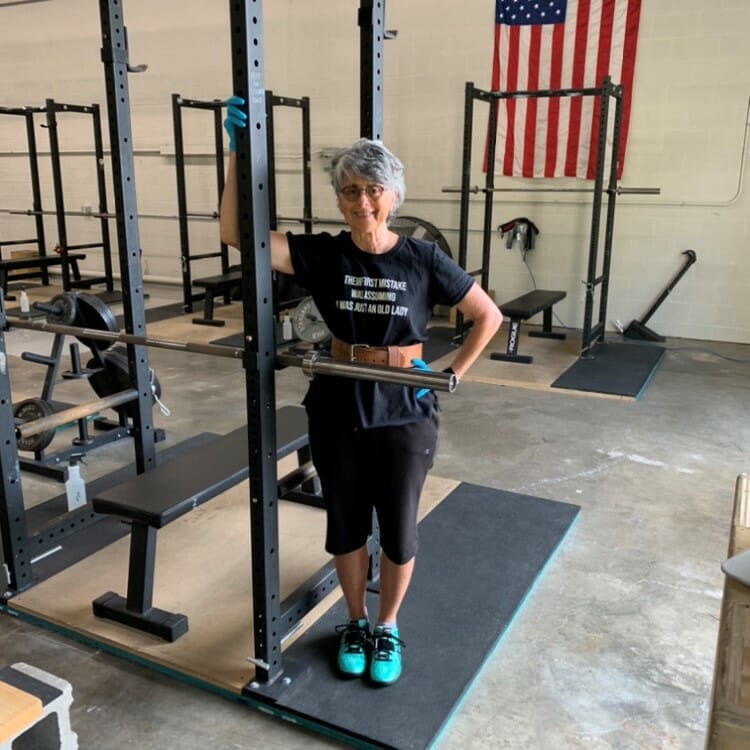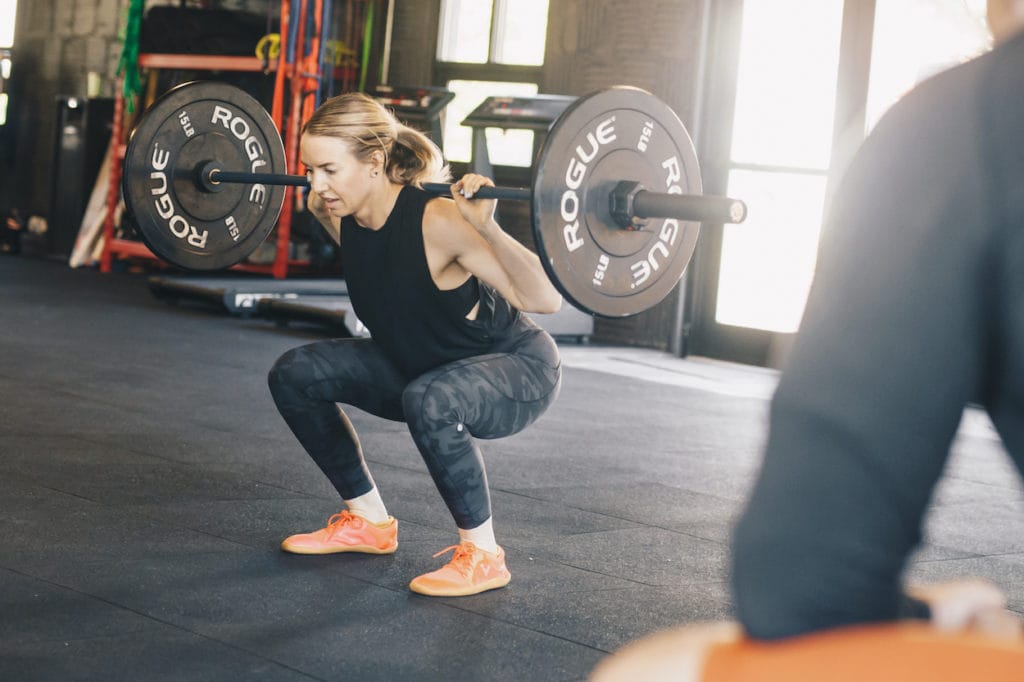I can’t remember the last time someone came in and didn’t have at least 2 or 3 orthopedic points of interest holding them back. I call them points of interest, the athletes usually call them issues or limitations. I don’t see it that way. I see those “issues” as an opportunity to help them where they might not have been helped before.
A lot of folks let orthopedic “issues” keep them out of the gym or from starting a new exercise program. That’s unfortunate because it’s (probably) unnecessary. While there is a (very) short list of red flags when it comes to exercise, the vast majority of the time the answer is to find a way to move!
How?
We use a simple, 3-part process to work with our clients. Keep in mind, our standard training includes heavy barbells, dumbbells, sleds, and chin ups. Our goal is to always stay as close to or get back to those items as soon as we can!
Why… athlete ROI.

The Process
Step 1: Can we find a weight that doesn’t provoke symptoms?
This is our first step, before removing anything from an existing program. Here’s an example of an athlete that normally deadlifts 405lbs for sets of 5. He comes in on Monday morning with some lower back pain.
After a brief sled warm up (5 trips @ 120′), his pulling session looks like this:
- 95lbs x 5 (no pain)
- 135lbs x 5 (no pain)
- 185lbs x 5 (no pain)
- 225lbs x 4 (pain @ 3-4 / 10)
In this example we would stop at 225lbs. The next session, the athlete would either work ~ 205lbs for a few more sets / reps or the athlete may feel that 225 x 5 is appropriate given the days after the previous session. Either way, we answered the first question with a “yes”.
You might be wondering how this would look if you were STARTING at our gym with pre-existing low back pain. Pretty much the same, it’s highly likely that the weights be even smaller though. Perhaps, it looks like this:
- 35lbs x 5
- 55lbs x 5
- 75lbs x 5 (some pain, stop here)
Step 2: Is there a range of motion we can work through that doesn’t provoke symptoms?
This time, the lifter feels pain immediately during his first set of 5. The athlete and coach both agree the level of pain is not tolerable or productive. Rather than continuing to force the issue. The coach instructs the athlete to use the power rack. The coach places the bar about mid shin in the rack, thus reducing the amount of forward bending (flexion) required from the athlete. The athlete finds he can perform sets of 5 reps up to 275lbs with minimal pain. We start the rehab process here. This response is actually fairly common.
Step 3: Is there another exercise we can perform that will work the same or similar musculature but doesn’t provoke symptoms?
If we’ve made it this far, we’ve already determined the athlete cannot (1) stick with the parent movement at a reduced load, and (2) he cannot perform a close variation without an inappropriate amount of pain.
So, what do?
We pick a different exercise. One that works the same areas of the body the deadlift works but one that doesn’t provoke symptoms to an inappropriate level. About 99.9% of the time, we begin with sled work for lower body “issues”. We use sled pushing (walking), sled dragging, and reverse sled dragging. Programming might look something like this:
- 1 to 2 weeks post tweak build sled push to 10 min (no weight on sled)
- 2 to 4 weeks post tweak perform 10 x 120′ sled drag (45lbs on sled)
Usually, along the way, we’ll aim to reintroduce the thing that hurts (deadlifts in this example) or some close variation of it. Is there anything magical about sled work? Not really, but for many folks, pushing a sled seems much less risky than bending forward and picking up a barbell.

Here’s the Real Secret
All exercises, when dosed appropriately, can provide a rehabilitative stimulus. Making “good rehab coaching” more about finding the appropriate entry point rather than any “special rehab” exercise.
One last important note, the absolute amount of pain will vary from individual to individual but the goal isn’t at this stage is not a pain-free experience. Rather, the goal at this stage is to find an entry point to rebuild from. Pain will be involved. Each athlete and coach must determine if the symptoms are productive or counterproductive.
Waiting for pain to go away is like waiting for the “right time” to do something. It’s not a thing so it’s best to use a sensible approach and just get back on the horse. A bigger aim at this point in the rehab process should be for the therapist/coach to prevent his/her athlete from going further down the Fear-Avoidance path. As this can have lasting negative consequences.
Hope this helps. Got something that’s keeping out of the gym? Shoot me an email or Book a Meeting and we’ll get started. You can also check out these additional resources:
Talk soon,
James

